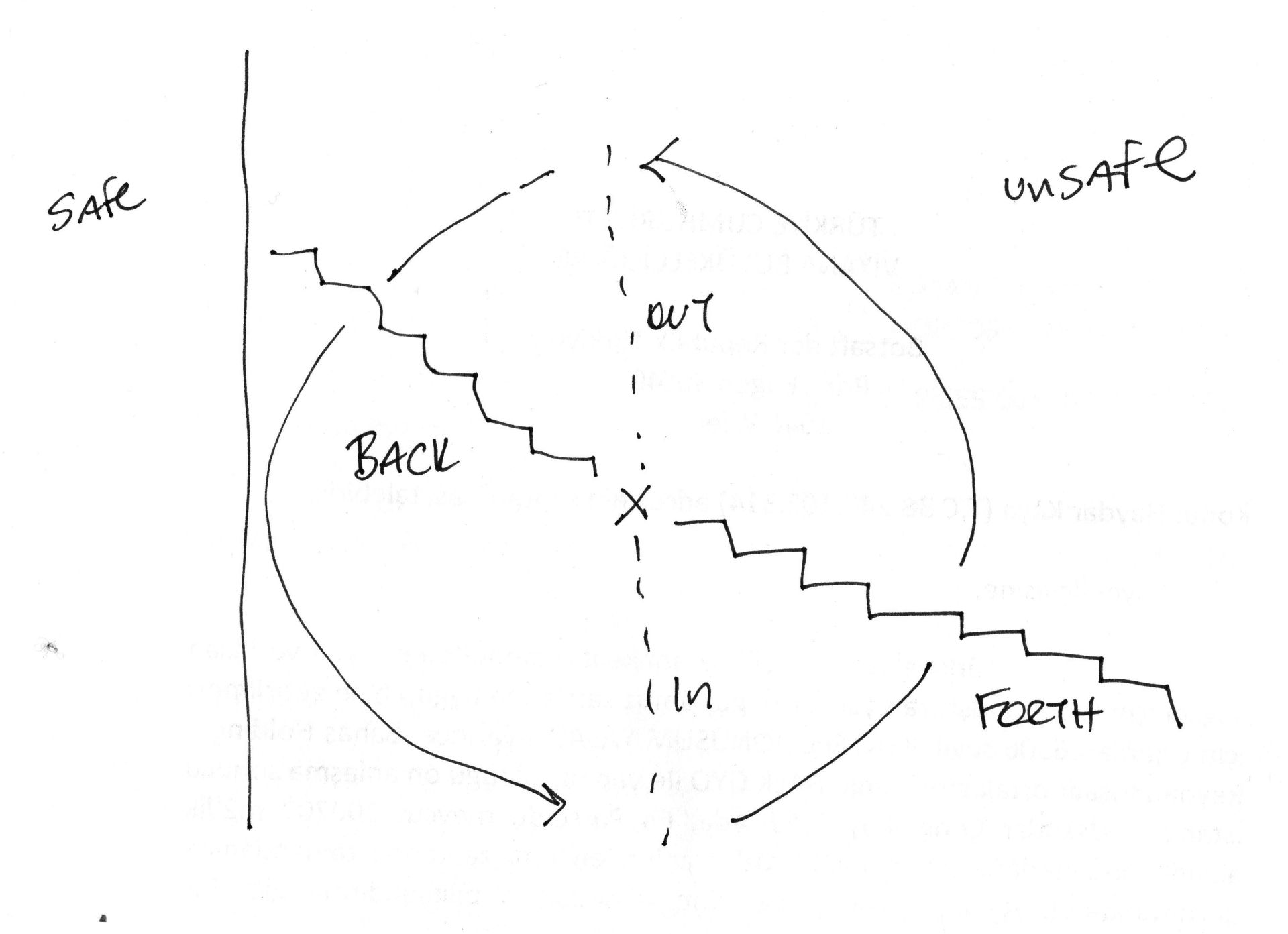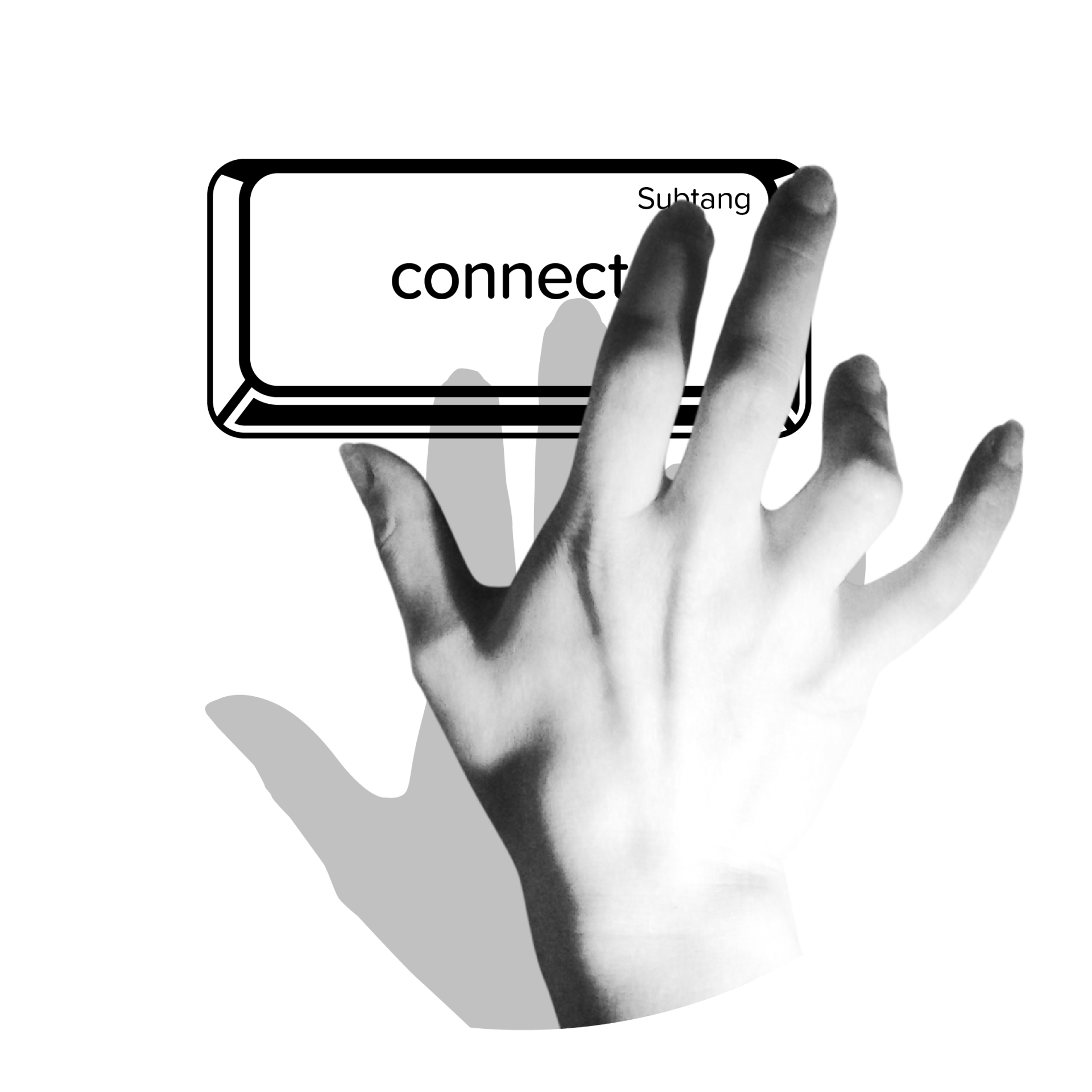What if our perception of emotion is fundamentally flawed?
What if our perception of emotion is radically flawed?
Who I am
Founder | Instructor | Design Director
Primary emotions define and maintain boundaries
Subtang helps you decode your fear, anger, sadness, anxiety, and joy to maximize your autonomy, expansion, connectivity, resilience, clarity, and behavioral health in entrepreneurial and interpersonal contexts.
Primary emotions define and maintain boundaries
Write your awesome label here.

The hypothesis
Through three years of examining psychiatric case studies in the U.S., Subtang has observed that the primary emotions—Fear, Anger, Sadness, Anxiety, and Joy—are not only automatic processes in which the body releases chemicals in response to events happening inside or outside us, but are also directional commands.
The scope of the research
To observe this hypothesis, Isik Kavuzlu examined hundreds of case studies published in the United States and everyday conversations, looking for a pattern in the keywords. She analyzed how people articulate their interactions with others and structure their storylines.
After extensive study, she identified 57 destructive patterns that, while varying across cultures, acted as automatic story generators. Each pattern was connected to the intensity of a primary emotion, providing insights into how we might respond when emotions arise under stress.
After extensive study, she identified 57 destructive patterns that, while varying across cultures, acted as automatic story generators. Each pattern was connected to the intensity of a primary emotion, providing insights into how we might respond when emotions arise under stress.
Subtang argues that
1. The five primary emotions are hybrid mediators that can act consciously or unconsciously to carry on communication between the limbic system (LS) and the prefrontal cortex (PFC).
As skilled impartial mediators, Fear, Anger, Sadness, and Anxiety work constructively to assist us in understanding the reality of our position. So we can move to a safe environment to experience joy and the freedom to explore options for creativity.
2. Fear, Anger, Sadness, and Anxiety reflect our safety and connection status, allowing us to adapt to our environment in less than a second. When these four become more intense, we perceive them differently as our need for connection increases.
But over time, these clear directions get cluttered by destructive patterns mastered by all players’ frustration, blame, or poor choices to save the day, which mess things up and lead to more significant problems. We turn these highly subjective states into thoughts and words, which we often mistake for emotions. Thoughts and words complicate things and leave connection problems unresolved.
As skilled impartial mediators, Fear, Anger, Sadness, and Anxiety work constructively to assist us in understanding the reality of our position. So we can move to a safe environment to experience joy and the freedom to explore options for creativity.
2. Fear, Anger, Sadness, and Anxiety reflect our safety and connection status, allowing us to adapt to our environment in less than a second. When these four become more intense, we perceive them differently as our need for connection increases.
But over time, these clear directions get cluttered by destructive patterns mastered by all players’ frustration, blame, or poor choices to save the day, which mess things up and lead to more significant problems. We turn these highly subjective states into thoughts and words, which we often mistake for emotions. Thoughts and words complicate things and leave connection problems unresolved.
The Subtang model
Imagine the Subtang model as a video game. The aim is to reach the “safe zone” by making connections to advance to the next level. We start out in a simple 2D world, and as we level up, the game’s reality becomes more complex and multidimensional. In this game, emotions are the codes guiding our actions.
Joy represents a “safe” state; an “unsafe” state, on the other hand, signals by emotions of Fear, Anger, Sadness, and Anxiety.
But here’s the key: these emotions aren’t just warnings—they’re four directional controllers of the game.
Joy represents a “safe” state; an “unsafe” state, on the other hand, signals by emotions of Fear, Anger, Sadness, and Anxiety.
But here’s the key: these emotions aren’t just warnings—they’re four directional controllers of the game.
The four directional controllers
+ Anger is a forward movement, pushing you to take action and progress to the next stage for connection.
+ Fear pulls you back to avoid connection. Backward movement occurs when you encounter instability or adverse conditions, potentially causing regression to an earlier stage.
+ Sadness moves you inward, urging you to reflect and change.
+ Anxiety sends you outward for temporary pauses and creates intervals. So you can align and navigate information obstacles to seek external solutions.
If you interpret these “unsafe” emotions as—backward, forward, inward, or outward—movements rather than unpleasant thought activations, they guide you toward the “safe” state.
+ Fear pulls you back to avoid connection. Backward movement occurs when you encounter instability or adverse conditions, potentially causing regression to an earlier stage.
+ Sadness moves you inward, urging you to reflect and change.
+ Anxiety sends you outward for temporary pauses and creates intervals. So you can align and navigate information obstacles to seek external solutions.
If you interpret these “unsafe” emotions as—backward, forward, inward, or outward—movements rather than unpleasant thought activations, they guide you toward the “safe” state.
Subtang suggests that
Subtang suggests a two-step top-down processing to understand primary emotions fully. As the video game analogy mentioned above, the first step simplifies our thoughts into short, clear command-like instructions such as “blame yourself” or “complain about your situation.” So we can figure out the directions, such as blaming or complaining in the first place.
This top-down processing allows us to focus on the bigger picture without getting lost in unnecessary details. Simple, direct commands make spotting and understanding the underlying Fear, Anger, Sadness, and Anxiety easier.
The next step is to connect these commands to the five emotions, examining how each emotion influences our movements. For example, when we’re angry, we might feel the urge to move forward or attack, like pushing something away or fighting.
Once the emotion is clear of thought, Subtang offers to buttom-up our perception with constructional feedback that complements the emotion.
This top-down processing allows us to focus on the bigger picture without getting lost in unnecessary details. Simple, direct commands make spotting and understanding the underlying Fear, Anger, Sadness, and Anxiety easier.
The next step is to connect these commands to the five emotions, examining how each emotion influences our movements. For example, when we’re angry, we might feel the urge to move forward or attack, like pushing something away or fighting.
Once the emotion is clear of thought, Subtang offers to buttom-up our perception with constructional feedback that complements the emotion.
Master Fear, Anger, Sadness, Anxiety, and Joy
Mastering these emotional signals is like learning the game’s directions to advance and succeed. However, if you follow 57 unpleasant behavioral patterns, you will not be able to reach the safe zone to level up and be stuck in that level forever.
Would you like to know how Fear, Anger, Sadness, and Anxiety translate into actions or strategies?
Would you like to know how Fear, Anger, Sadness, and Anxiety translate into actions or strategies?
What’s next?
Isik Kavuzlu will introduce you to the Subtang model in four weeks. In week one, you’ll observe and record negative patterns within yourself and others. In week two, you’ll turn them into emotional notations—something you can work with.
Subtang model teaches you to reduce destructive behavioral patterns to the core emotions of Fear, Anger, Sadness, and Anxiety. By simplifying the matter, you can see the unresolved connection problem underlying your behaviors.
Let’s grab a pen and paper
The last two weeks are about adapting a new routine to change the long-term destruction of dark patterns. This process requires time, energy, and also financial investment. If you’re determined to do so, make sure to enroll in Subtang Playground to proceed to week 3.
Photo by Cottonbro studio
@ Pexels
Photo by Google Deepmind
@ Pexels
Photo by
Goran Macura
Goran Macura
@ Pexels
Photo by Gratisography
@ Pexels
Photo by
Boys in Bristol Photography
Photo by Ryutaro Tsukata
@ Pexels
Typography, illustrations, and photo manipulation by Isik Kavuzlu


